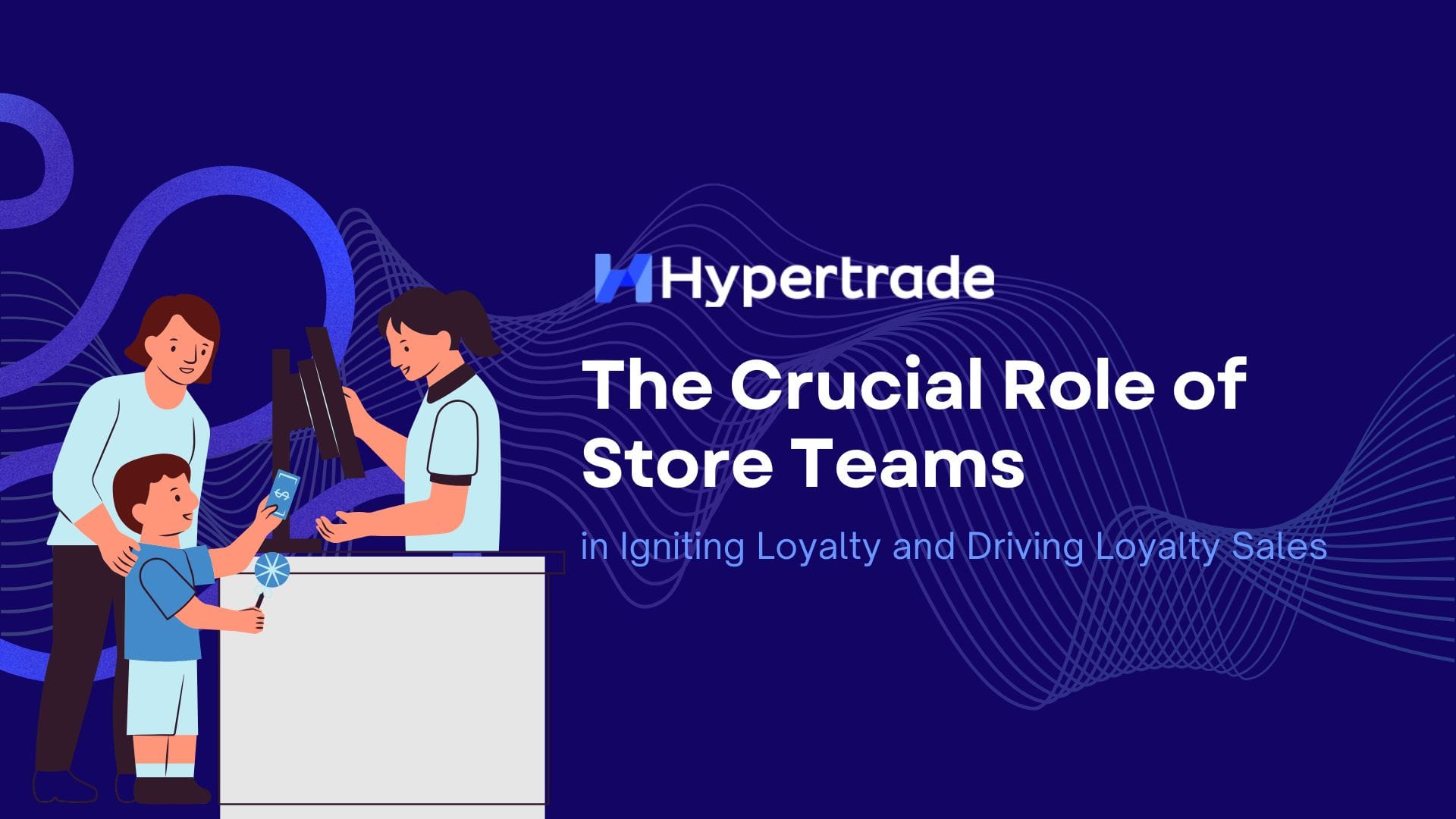Are all your business rules clearly defined?
A Foundation for Digitalization Journeys
Since the end of the pandemic, Artificial Intelligence (AI) and Machine Leaning (ML) are on everyone’s mouth. With our retailer’s client, assortment management, promotion, pricing, and CRM are among the most popular requests for automation.
As we are addressing these requests, we often see a gap between the clarity of the client’s objectives and the existing assets required to achieve them.
In practice, and to work properly, an AI or ML algorithm, be it applied to supply chain, CRM or assortment management, needs to be established on business rules. These business rules are themselves driven by parameters and conditions.
The missing assets often are these rules, parameters, and conditions. In this business case, we illustrate how these gaps can be identified and filled. We were working with a client establishing a model to manage its core and optional assortment.
Challenges
The lack of clarity in the product selection (or deletion) decision process across the Teams resulted in the unhealthy quadrant of decreasing sales, increasing inventory and out-of-stock, and decreasing profitability. This was due to 3 missing fundamentals.
Challenge 1: missing quantified rules on core assortment selection guidelines
Everyone was aware of the importance of the core assortment, and there were no business rules defining either how to build it or to maintain it.
Challenge 2: missing quantified rules on selecting stores to create clusters
The existing store clusters were defined based on geographies, and it was not sufficient to organize structured assortment clusters.
Challenge 3: missing quantified rules to select optional assortment by store cluster.
The same was also true for the optional assortment. In practice, out of the 50,000 products available in the database, it was up to the store manager of each of the 50 branches to make the products’ selection.
Actions
As the end goal was to build an assortment management model, both for core and optional assortment by store clusters, our first approach was to help the Client’s Teams to find the answers required to address the3 challenges.
Step 1: Build Answers
Questions on Core Assortment
- What sales quantity benchmark does an item need to meet to be included in the core assortment?
- What sales value benchmark does an item need to meet to be included in the core assortment?
- What range structure rules need to be applied (number of brands, item by brands, price point)
- What profitability benchmark does an item need to meet to be included in the core assortment?
- What basket indicator benchmark does an item need to meet to be included in the core assortment?
- What average level of sales contribution do we want to achieve with Core Assortment?
- What components of supply chain need to be considered (service level, stock days, …)
Questions on Store Clusters
- What elements of a store format need to be integrated in building the sore clusters?
- What elements of a store size need to be integrated in building the sore clusters?
- What elements of the store catchment area need to be integrated in building the sore clusters?
- What elements of geography need to be integrated in building the sore clusters?
- What elements of shopper insights need to be integrated in building the sore clusters?
- What level of Stack ability do we want the core assortment to have across store clusters?
Questions on Optional Assortment
- What elements of a store cluster need to be considered?
- What minimum sales quantity needs to be achieved?
- What elements of the supply chain need to be considered?
- What shopper insights need to be considered?
Step 2: Filtering & Building
Once these answers were found, we simply applied them to the existing stores and existing assortment. Some adjustments were then made to both be simple and logical as well as incorporate existing commercial agreements with suppliers.
Step 3: Solidifying Maintenance Rules
The last step was to ensure these rules were implemented and executed, with a planned review of all their corresponding parameters.
Beyond the transcription of these rules in the black box to then generate automated alerts and reporting, a major effort was allocated to communication, training, and coaching. As changes do not work overnight, the implementation schedule was articulated across categories groups, providing enough time to both Merchandising, Operations and Supply Chain teams to adapt and adjust their routines.
Results
Over the next 6 months of implementation, as an average over the concerned categories, our client’s Teams could achieve some key breakthrough: Out of Stock reduced to 5%; sales grew by 6.2% with a total assortment that decreased by 32%, and stock days were reduced by 6.8%.
What does this show?
Any successful efforts in digitalization must start by reinforcing the missing fundamentals of business rules(that once digitalized can support automation), communication and training. In addition to delivering impressive results, this approach also reinsures teams and decrease the natural opposition to change.
About the author
Frederic Klein is Hypertrade’s Operations Director. With his Team, Frederic oversees the implementation and support of our Merchandising, Category Management and Retail CRM solutions with our clients. Before joining Hypertrade in 2019, Frederic held various senior positions across South-East Asia. Today, Frederic and his teams ensure the success of retail players in 8 different markets across 3 continents. Frederic can be reached at f.klein@hyper-trade.com







